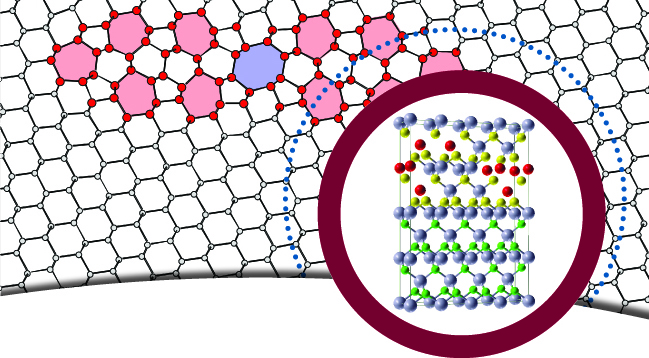2009 Research Highlights | Research Demos | Our SC09 Partners | SC09 Videos


Project lead:
John Wilkins, Ph.D.,
The Ohio State University
Research title:
Study of semiconductor heterostructures and defects for incorporating the effects of tree-scale structural heterogeneity of forests on flux exchanges and atmospheric surface layer properties
Funding sources:
Department of Energy
Materials researchers at The Ohio State University and Cornell University are working to better understand the microstructure of new alloys increasingly important to the electronics industry for developing high-speed transistors, lightemitting diodes, semiconductor lasers, solar cells and microwave devices.
Modern solid-state electronics depend largely upon semiconductor heterostructures - structures consisting of two different semiconductors having useful electrical or electrooptical characteristics not achievable in either conductor separately.
Increasingly, the industry is looking to heterostructures formed from the hard metals indium, gallium or aluminium, when combined with nitrogen.
"Predicting the structures of such alloys underpins a better understanding of the quality of heterostructures," said John Wilkins, an Ohio Eminent Scholar and OSU professor of physics. Wilkins and his colleagues also will be looking at defects in the crystalline structure of silicon-based materials, irregularities leveraged by physicists for their influence on the properties of the material.
"We will use first-principles methods for calculating accurate electronic structure, understanding bulk and interface phenomena and predicting properties of heterostructures. Additionally, we use classical molecular dynamics simulations for understanding the mechanism of diffusion and evolution of defects in silicon," said Wilkins. "These problems are important from fundamental viewpoints and have great technological significance."
For more information, see: www.physics.ohio-state.edu/~wilkins/vita/research